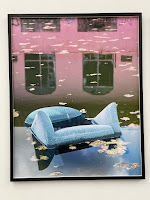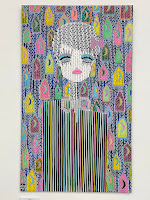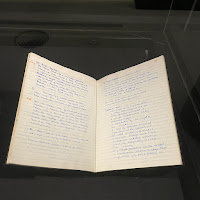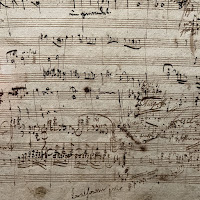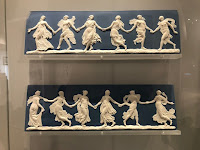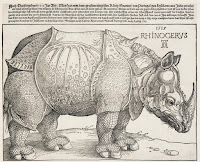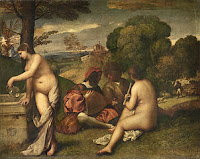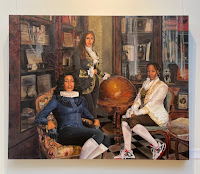Peru: a journey in time

Interesting exhibition at the British Museum on the peoples of Peru from about 25000 BC to the coming of the Europeans in the 16th century. OK I admit I did not give this show enough time. I had already done Stonehenge that day which had blown my mind. This show was closing the next day so I went round like a whirl wind, didn’t read much commentary and didn’t make notes. Over a month later, I can’t remember much! Evidently if I’d concentrated I might have “discovered how they developed unique approaches to time, agriculture, economy and power, some of which endure today” but sadly I didn’t. I do remember some lovely objects including this cow (?) drinking vessel. As I look back at my photographs, I seem to have been most drawn to the ceramics which reminded me of studio pottery. Apologies to the British Museum for not giving this show more time and more brain space, it wasn’t the show’s fault. Closed 20 February 2022 Reviews Guardian Evening Standard




